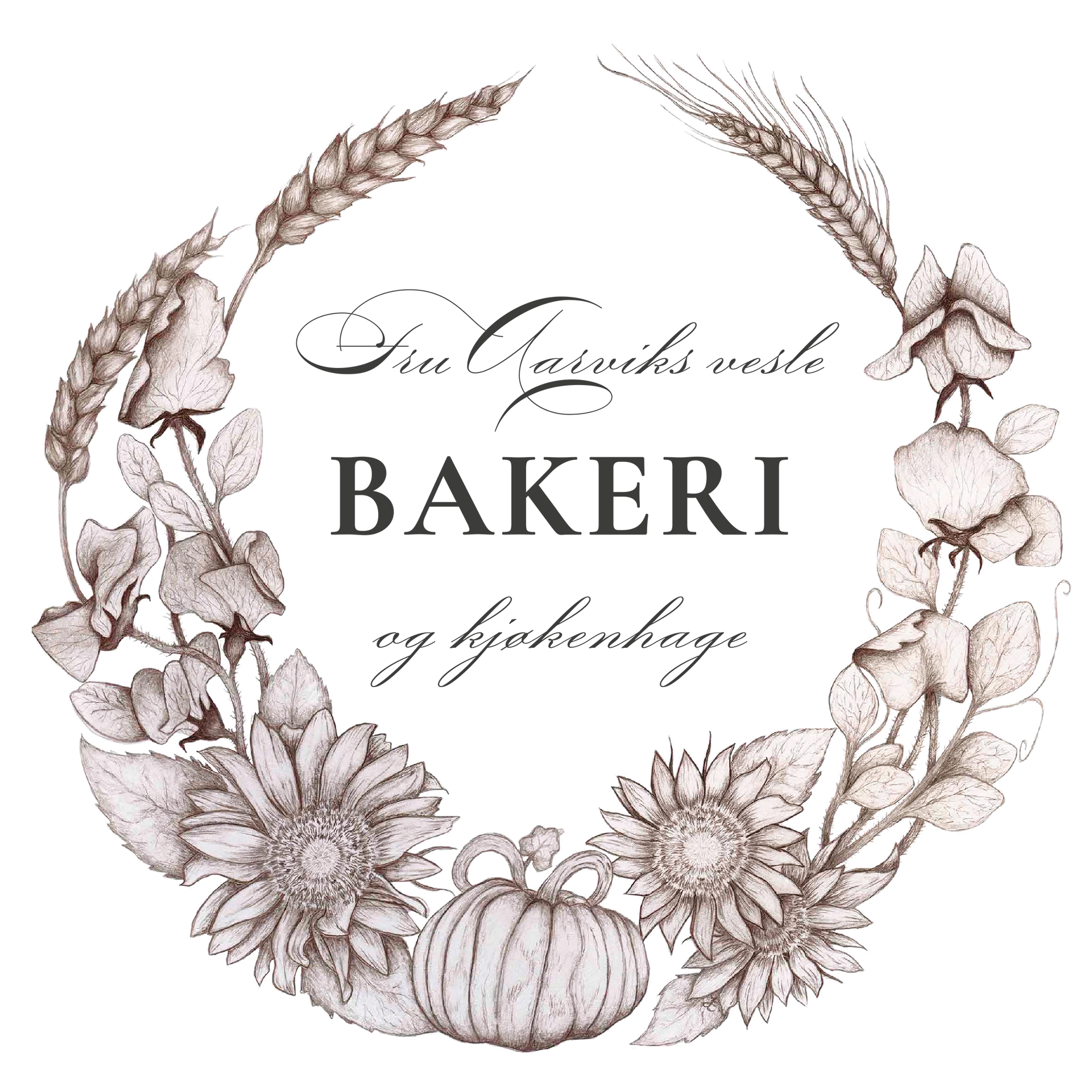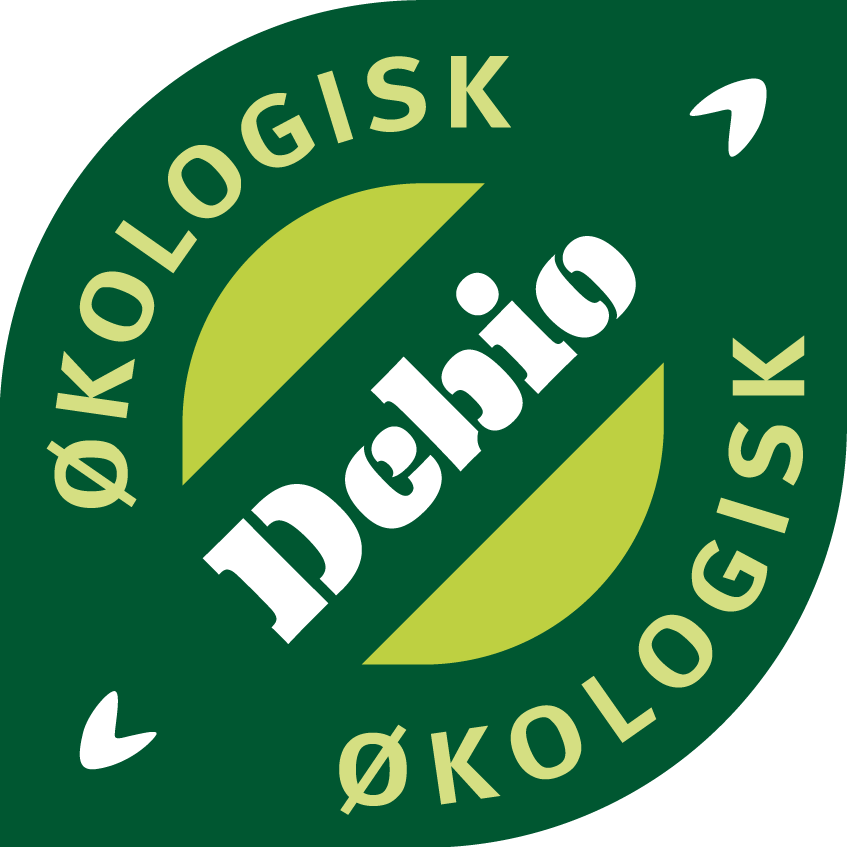Aarvik gard - more than a place to stay
Our philosophy is to give back as much as we harvest from nature, and recognize that we are part of nature and nature's cycles and seasons. We believe it is important to take care of and build up the earth and not exploit it out of consideration for nature itself, but also future generations. Here we grow food without plowing the soil, and take care of biological diversity by not using pesticides or artificial fertilizers. Here we harvest seaweed from the shore, use grass clippings and manure from our animals and use crop rotation to avoid disease on our plants.
We also want the guests to experience what it's like to be on a small farm and live in harmony with nature. We want them to be able to enjoy the tranquility and come to dive for themselves by living in a place where time passes slowly and nature surrounds you on all sides. Here you can rest and sleep well on organic and handmade Sleep on Nature mattresses from Coco-Mat and wake up to birds chirping and the crashing waves in Aarvika. And here they can enjoy good and organic food in the café with freshly baked bread and buns from our tiny bakery.
A warm welcome to Aarvik gard
All good,
Mrs Aarvik and the family
Good and pure raw materials - good results
In the bakery, we use Norwegian organic ingredients, not only because they are of particularly high quality, but primarily because the farmers do not use pesticides and artificial fertilisers. The eco-farmer plays on a team with nature, and thus ensures that he/she facilitates a much greater biological diversity both above and below the ground than with conventional agriculture.
Original corn was also a natural choice, even if the baking properties are not as good as with the further processed varieties. For example, old halibut varieties such as einkorn, emmer and spelt have weaker gluten in addition to having a higher content of the important nutrients compared to modern halibut.
A bit of history
Aarvik gard has probably existed since before the 16th century due to the good soil, the location by the sea and the river. Written sources and what we know show that Aarvik gard has buildings dating back to the 18th and 19th centuries with the oldest; smokehouse with soil in the roof and most likely the forge is also from that time or older. We have no record of when the buildings were constructed.
In the village sogo for Hålandsdalen it says that the farm under Svinasteinen was first mentioned during the 16th century, but there is no mention of the farm in 1519 according to the Soga for Fusa, Hålandsdal and Strandvik. The first time tax was recorded was in 1563 when Arnold on Siunesøn paid 2 lots of silver in tax. Aarvik farm belonged to Svinastein (formerly called Siunesøn) farm.
The yard consists of 13 buildings, of which 4 stand in a cluster with two stoves with several fine and old pieces of furniture, a storehouse with equipment such as old troughs, buckets, kitchen utensils, hand-made and beautifully hand-carved/decorated furniture that Sveinung's ancestors made etc. and skykkjo that is also in poor condition.
The fire house is a short distance from the cluster yard, approx. 20m (the old one that stood in the cluster burned down and then they built the "new" firehouse some distance from the yard sometime in the mid-1800s). The old smio stands by itself in lio, about 50m from the cluster yard. The small house is also located a short distance from the cluster yard towards the sea. Otherwise, there are the remains of several farm mills up in the Årvik river.
Down by the lake where the river runs out (Mjølhålo) there is an old sea arch and a log cabin with cladding, a workshop with old tools, machines and templates for things they made there in the past, as well as an old saw (Saneset) with an old saw that was driven by a wheel that stood out in the river (The saw house is shared ownership with the neighbor who is related to us).
Løo was upgraded at the beginning of the 1990s, but was built sometime in the 1860s and part of the frame work/grinding work and the foundation wall are original from that time. The yard is surrounded by hills that I beat every summer and has a lovely location right down by the sea. There is also a spring flower up on the stolen which was used for cattle until 2022. On the farm there is also old hay and natural pasture in the area opposite the farm. In its time at the end of the 19th century, there were as many as 20 small and larger houses that belonged to Aarvik gard.
Today, Ranita and Sveinung live with their 3 children on the small farm Aarvik gard in Bjørnafjorden municipality in Vestland. The bakery started in 2019 as Mrs Aarvik's little bakery and kitchen garden with a bakery in the basement of our previous home. The kitchen garden started at the same time on the farm of Sveinung's parents in Aarvik. In 2023 I was able to buy the family garden and move in in the autumn. After I took over, I bought 9 goats of the conservation-worthy breed Kystgeiter as the first in Bjørnafjorden municipality and took with us the flock of chickens that now live together with the goats in Smålhuset.
Mrs Aarvik, or Ranita as she likes to be called, has a big heart for good, pure and short-grown, high-quality raw materials, especially primordial grains and other old grains. Her husband Sveinung is responsible for the restoration and rehabilitation of the farmhouses, as well as much other work that needs to be done on the farm.




